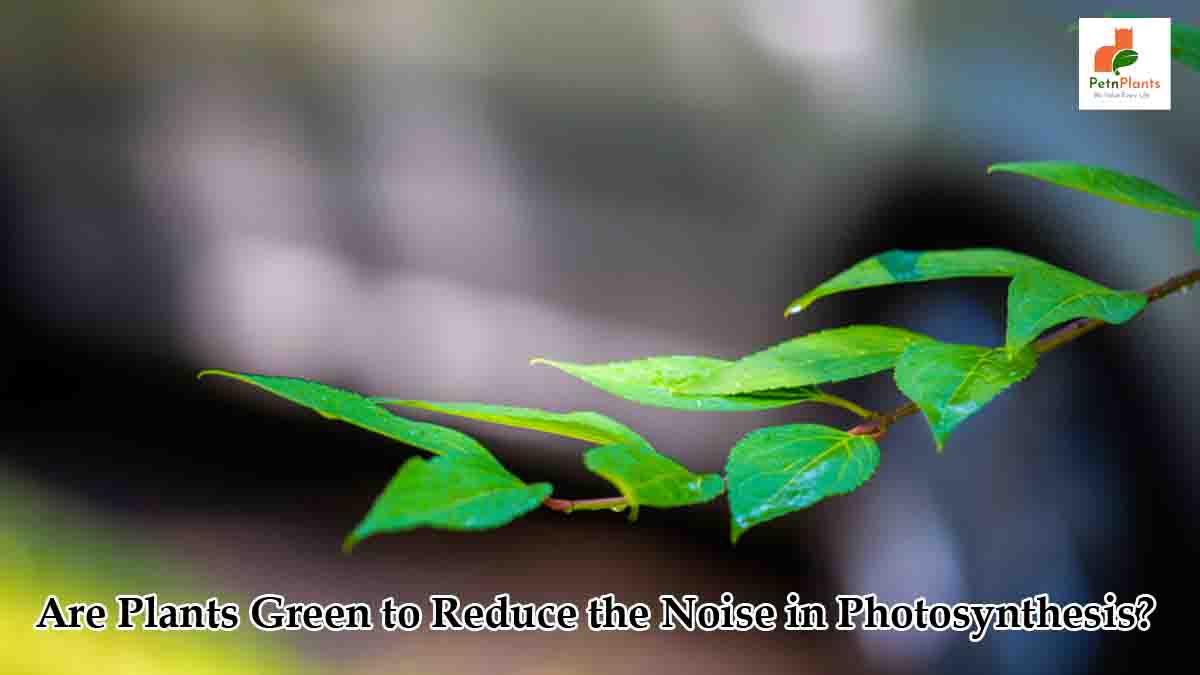How To
Latest
Pet Care
How to Groom Your Dog at Home with the Right Dog Grooming KitMarch 19, 2025
We Value Every Life

Plants are known for their green color, which results from the pigment chlorophyll they use to carry out photosynthesis. But have you ever wondered why plants are green and not another color? One of the primary reasons plants are green is to reduce the noise in photosynthesis.
Photosynthesis is the process by which plants convert light energy into chemical energy, which they use for their growth and survival. This process involves light absorption by chlorophyll molecules in the plant’s leaves, which is then converted into chemical energy.
However, not all the light energy plants absorb can be used for photosynthesis. Some absorbed light energy is lost as heat and some as fluorescence. This means that plants need to be efficient in absorbing and utilizing the light energy they receive.
Function of ‘Green’ in plants
Plants have evolved to be green to maximize the amount of usable light energy they can absorb. Chlorophyll molecules in plant leaves absorb red and blue light most efficiently, but they reflect green light, which is why plants appear green to our eyes.
By reflecting green light, plants reduce the amount of “noise” in their photosynthetic systems. The noise is caused by the absorption of light energy that cannot be used for photosynthesis, which can interfere with the plant’s ability to convert light into chemical energy.
By reflecting green light, plants reduce the amount of this noise and increase the efficiency of their photosynthetic systems. This means that they can produce more energy with less wasted energy.
Noise reduction in photosynthesis
In addition to reducing noise in photosynthesis, being green also has other benefits for plants. For example, it helps them to camouflage in their surroundings, making it harder for herbivores to spot them. The green color also helps plants to regulate their temperature by reflecting excess heat.
In conclusion, plants are green because it helps them to reduce the noise in their photosynthetic systems. By reflecting green light, plants can maximize the amount of usable light energy they absorb and increase their efficiency in converting it into chemical energy. This adaptation has helped plants to survive and thrive in their environments for millions of years.
Pet N Plants, a passionate group of authors who are devoted pet and nature enthusiasts. With over 15 years of experience in pet and plant care, our authors bring a wealth of knowledge and a deep love for all things flora and fauna. Each member of our team is dedicated to sharing insightful tips, detailed care guides, and the latest trends to help you nurture your beloved pets and plants. Whether you're a seasoned gardener or a pet parent, our experts are here to support your journey in creating a thriving, vibrant home environment for all your living companions.
0